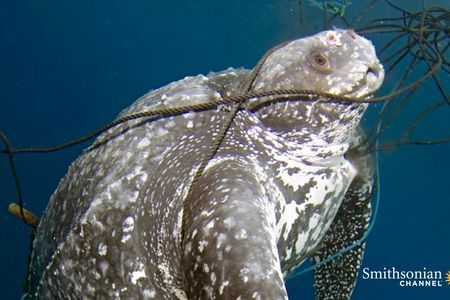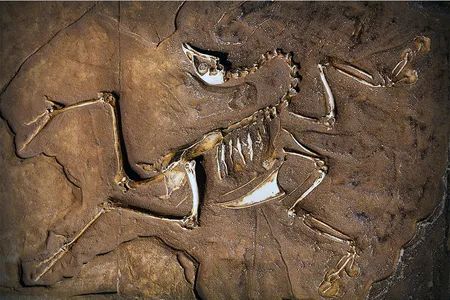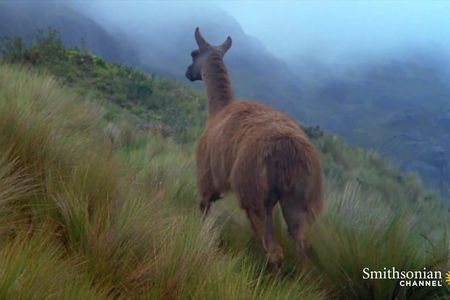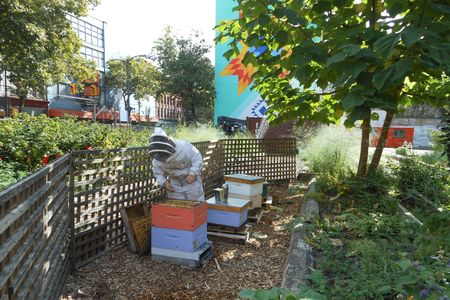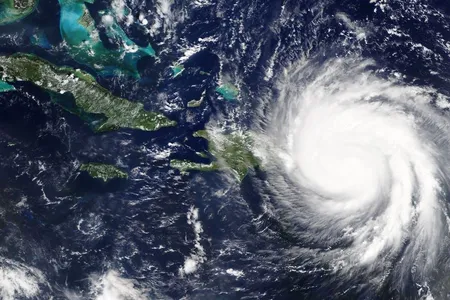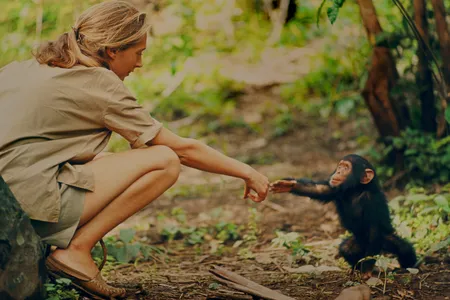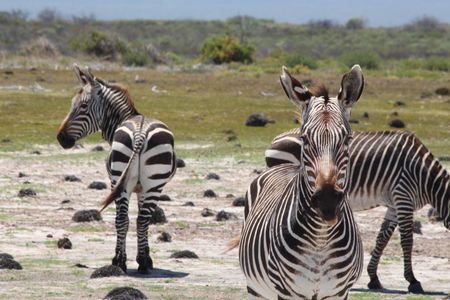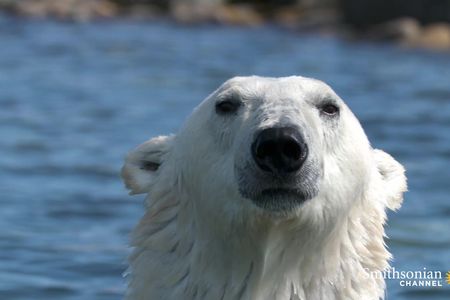The Incredible Linguistic Diversity of Tibet Is Disappearing
Thanks to national schooling and the Internet, many of the plateau’s unique languages are in danger
Apollo 17 Was the Swan Song of Manned Space Exploration
Looking back 45 years later, is there hope humanity will once again push beyond Earth? President Donald Trump seems to think so
Brain Studies Suggest What Books to Read to Your Baby—and When
Psychologists looked at infant brains to find that both timing and content can impact mental development
Was Enrico Fermi Really the “Father of the Nuclear Age”?
A new book takes a fresh look at the famed scientist
Scientists Go on a Mission to Save Sea Turtles
Over the past half century, Leatherback turtle numbers have suffered a disastrous decline of almost 70%
What Makes a Dinosaur a Dinosaur?
The question may sound like a “duh,” but it gets to the heart of how we categorize and define nature
Why Panama’s Urban Development Is a Threat to Animals
The Isthmus of Panama has witnessed some of the greatest movement of animal species in history. Today, rapid urbanization has accelerated deforestation
Can Honeybees Monitor Pollution?
The tiny pollinators are useful sentinels of what’s going on in an ecosystem, and might just be environmentalists’ best asset
Turning Hurricane Data Into Music
Can listening to storms help us understand them better? A meteorologist and a music technologist think so
New Jane Goodall Documentary Is Most Intimate Portrait Yet, Says Jane Goodall
The famed chimp researcher didn’t want yet another documentary made about her. Jane changed her mind
The Ten Best Science Books of 2017
These books not only inspired awe and wonder—they helped us better understand the machinations of our world
For Immigrant Mongooses, It Can Take Time to Earn Society’s Trust
In some species, however, deporting your own family members is the norm
Capturing a Photo of a Swimming Polar Bear is Risky Work
A wildlife photographer spots a swimming polar bear, completing the last lap of its summer migration. It’s the perfect photo op
The Science Behind the First Nuclear Chain Reaction, Which Ushered in the Atomic Age 75 Years Ago
That fateful discovery helped give us nuclear power reactors and the atomic bomb
A Tale of Two Killer Whales
Orca whales actually comprise two distinct types—and one may soon be destined to rise above the other
How Stressed Out Are Zebras? Just Ask Their Poop
Scientists are scooping up the pungent piles of data to measure the health of once-endangered ungulates
The Things People Do To Foil Energy-Saving Buildings
New research on how occupants inhabit energy-efficient buildings reveals behaviors designers don’t anticipate—and a slew of bloopers
Meet Natalie Batalha, the Explorer Who’s Searching for Planets Across the Universe
The Kepler mission’s project scientist, she has guided the discovery of thousands of planets
A Neurosurgeon’s Remarkable Plan to Treat Stroke Victims With Stem Cells
Gary Steinberg defied convention when he began implanting living cells inside the brains of patients who had suffered from a stroke
Polar Bear Goes After a Young Beluga Calf
A male polar bear stands on the edge of the ice waiting for potential prey. But he’s set his sights on something bigger than a seal today
Page 133 of 451




